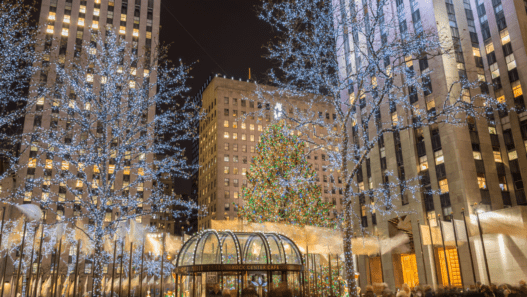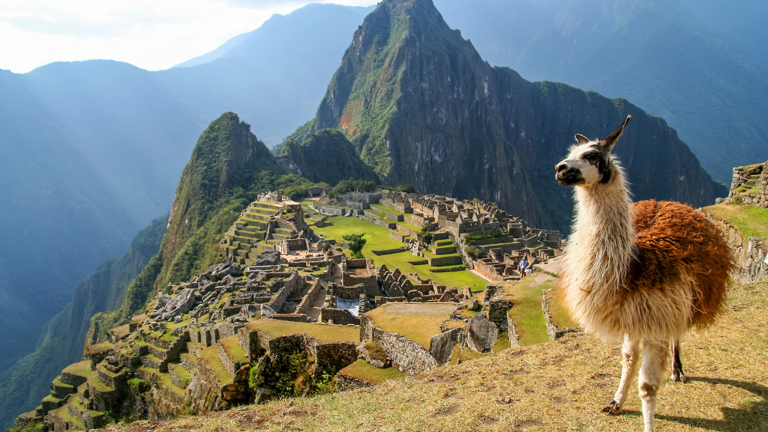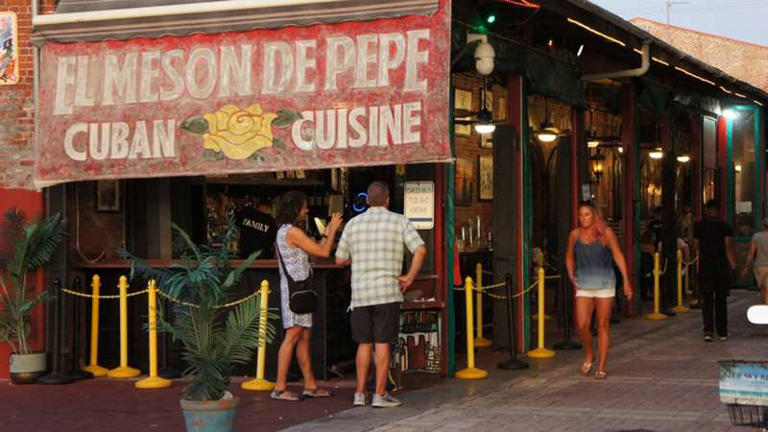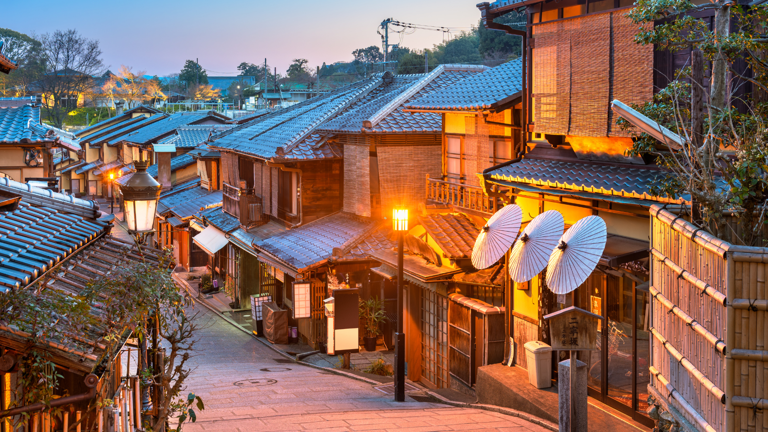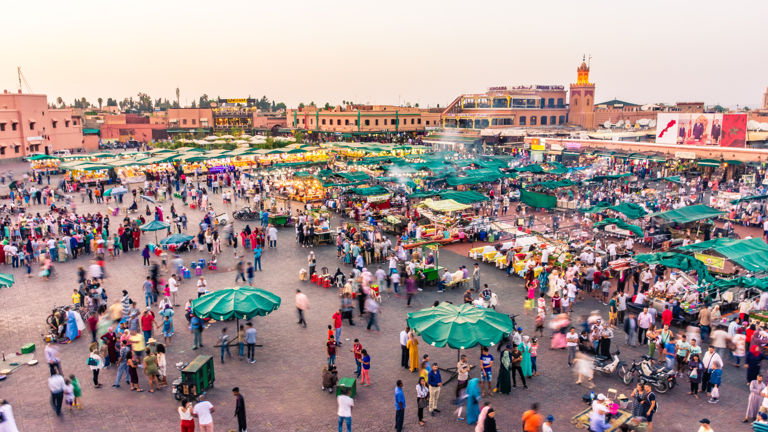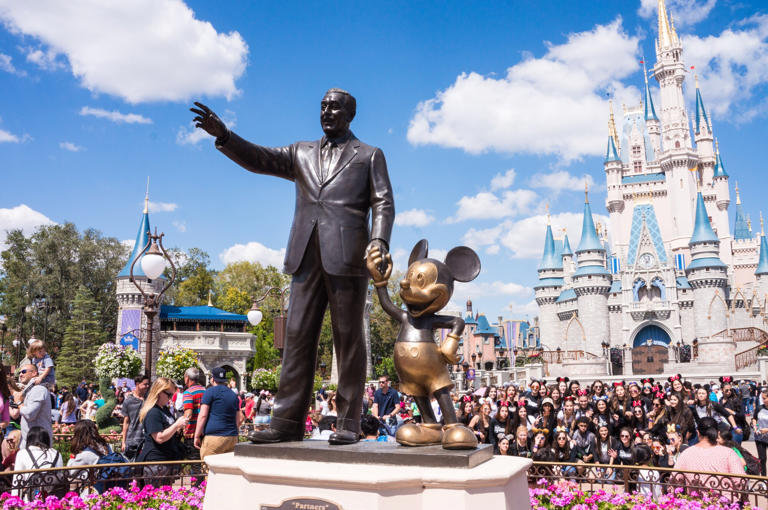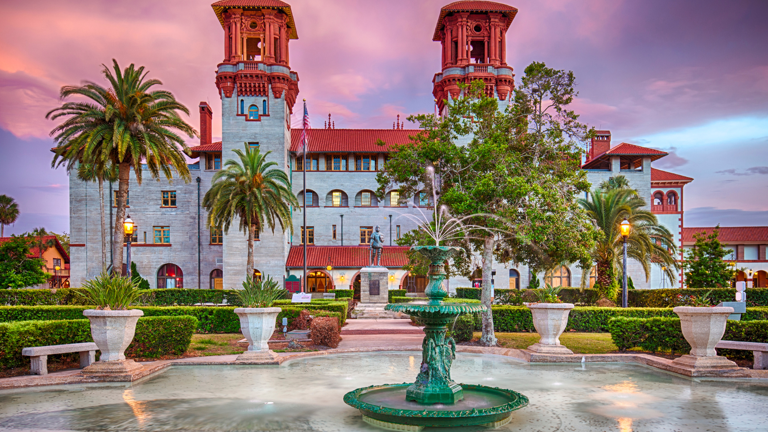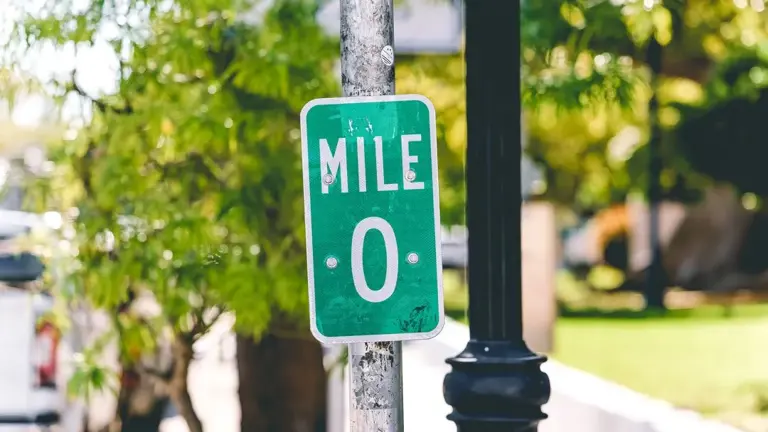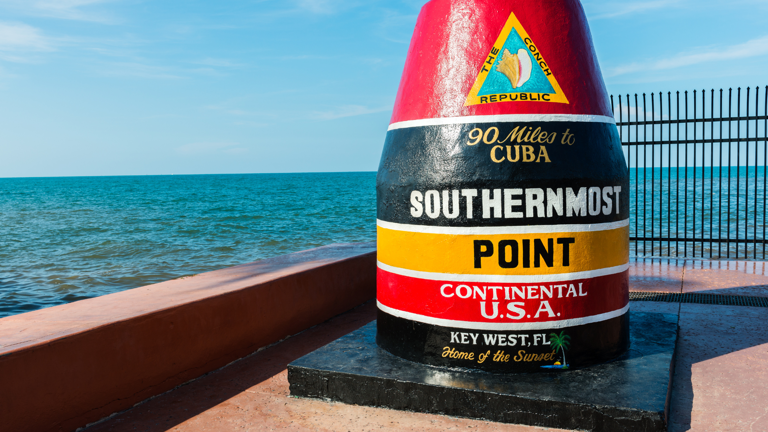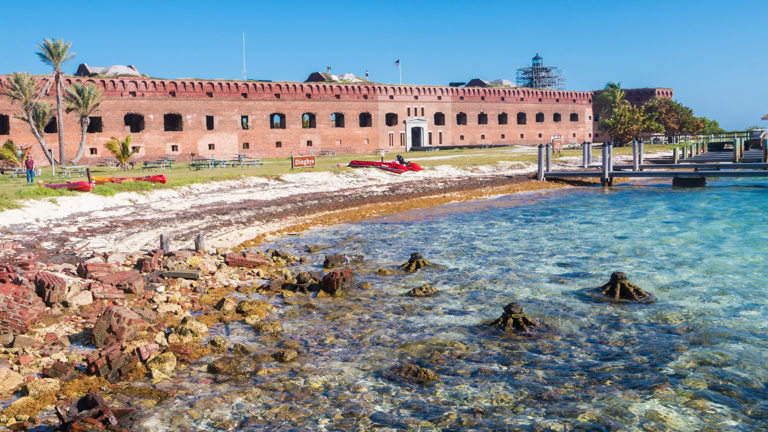Machu Picchu, a 15th-century Incan citadel perched high in the Andes Mountains of Peru, is a site of breathtaking beauty and profound historical significance. The journey of Machu Picchu from an ancient archaeological marvel to a globally recognized World Wonder is a tale of discovery, mystery, and cultural reverence. This article delves into the factors that contributed to Machu Picchu’s status as one of the New Seven Wonders of the World, highlighting its historical, cultural, and architectural significance, as well as the efforts to preserve and promote this extraordinary site.
The Mystique of Machu Picchu
Part of what makes Machu Picchu a World Wonder is the enduring mystique that surrounds it. Despite extensive research, many aspects of its purpose and construction remain shrouded in mystery. Was it a royal estate, a religious sanctuary, or a strategic military site? How did the Incas transport massive stones to such a remote location? These unanswered questions add to Machu Picchu’s allure, inviting scholars, adventurers, and tourists to explore and speculate.
The site’s dramatic setting, nestled between towering peaks and enveloped in clouds, enhances its enigmatic charm. The panoramic views of the surrounding mountains and the Urubamba River below create a sense of awe and wonder, leaving an indelible impression on all who visit.
The Discovery of Machu Picchu
The modern world first learned of Machu Picchu in 1911, thanks to the efforts of American historian and explorer Hiram Bingham. While indigenous people in the region were aware of the site, Bingham’s expedition brought global attention to this lost city of the Incas. Initially searching for the last Incan stronghold of Vilcabamba, Bingham stumbled upon Machu Picchu, a find that would change the course of archaeological history.
Bingham’s publications and photographs captivated the world, sparking a wave of interest in Incan culture and the mysteries of Machu Picchu. His work was instrumental in bringing international recognition to the site, setting the stage for future exploration and preservation efforts.
Architectural and Engineering Marvel
Machu Picchu’s allure is not just in its stunning location but also in its architectural and engineering prowess. The Incas built the city with remarkable precision, using a technique known as ashlar masonry, where stones are cut to fit together without mortar. This method provided exceptional stability, allowing the structures to withstand earthquakes, a common occurrence in the region.
The city is divided into agricultural and urban sectors, with intricate terraces that prevented soil erosion and ensured sufficient food production. The urban sector features temples, plazas, and residential areas, showcasing advanced knowledge of urban planning and civil engineering. Notable structures include the Intihuatana stone, the Temple of the Sun, and the Room of the Three Windows, each reflecting the Incas’ astronomical and religious beliefs.
Cultural and Historical Significance
Machu Picchu holds immense cultural and historical significance. Believed to have been a royal estate or religious retreat, the site offers insights into Incan civilization at its peak. It is a testament to the Incas’ ingenuity, spiritual depth, and harmonious relationship with nature.
The Incas, under the leadership of Pachacuti Inca Yupanqui, constructed Machu Picchu during the mid-1400s. Pachacuti, often compared to great world leaders, is credited with transforming the Incan Empire into a vast and powerful civilization. Machu Picchu symbolizes this golden age, reflecting the Incas’ architectural innovation, agricultural expertise, and deep connection to their environment.
Preservation Efforts and UNESCO World Heritage Status
Recognizing the importance of Machu Picchu, preservation efforts began shortly after its discovery. However, it wasn’t until 1983 that the site gained formal recognition as a UNESCO World Heritage Site. This status was crucial in ensuring the protection and conservation of Machu Picchu, attracting funding and expertise necessary to maintain its integrity.
UNESCO’s designation underscored Machu Picchu’s value as a cultural and natural heritage site. It highlighted the need to balance tourism with preservation, ensuring that the influx of visitors did not compromise the site’s archaeological and ecological significance. Strict regulations and sustainable tourism practices have since been implemented to protect Machu Picchu for future generations.
Global Recognition and Tourism
Machu Picchu’s journey to becoming a World Wonder was further propelled by its selection as one of the New Seven Wonders of the World in 2007. This global poll, organized by the New7Wonders Foundation, aimed to recognize and celebrate humanity’s most extraordinary cultural and architectural achievements. The selection process involved over 100 million votes from people around the world, reflecting a collective appreciation of Machu Picchu’s significance.
This recognition amplified Machu Picchu’s status on the global stage, leading to a surge in tourism. Today, millions of visitors trek to the site each year, eager to witness its majestic beauty and historical grandeur. The Peruvian government, along with international organizations, continues to invest in infrastructure and services to accommodate tourists while preserving the site’s authenticity and integrity.




